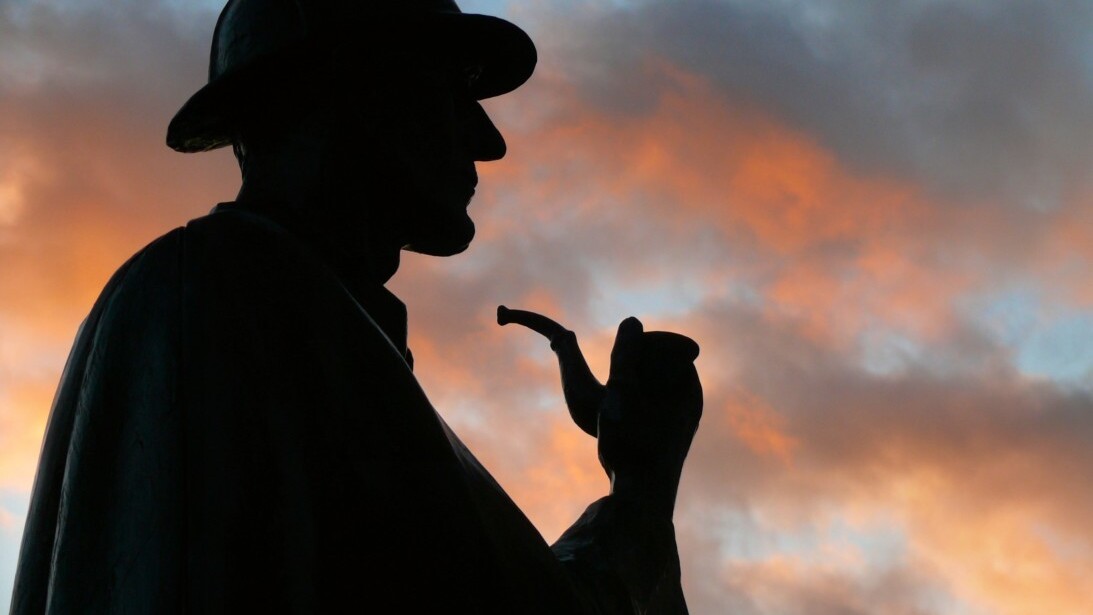
There is no question we are in a period of profound change. Very soon, seven billion people will be seamlessly connected to each other and all of humanity’s accumulated knowledge. We’ll be permanently and invisibly connected to an internet that is an ever-present fabric in our lives, surrounded by a cloud of data that knows our every preference and habit.
To thrive beyond the typical three-year planning horizon, executives will need to understand how to respond to these changes. How to build platform businesses and services that use data for new and undetermined services, providing new ways to thrive in a trackable, personalized world.
Yes, these matter, but one thing will matter most: relentless curiosity.
These changes don’t just change your strategy — they change what it means to be a leader. As opportunities to meet unsolved problems balloon, most executives will need to rethink how they see their role and spend their time.
Today, most executives at large companies are rewarded for being decisive rather than exploratory. Business processes are built for a world of probability where demand can be forecast and stage gates assure targets will be met. Leaders’ time is spent evaluating and assessing, reviewing highly synthesized analysis and making decisions. They operate as gavels — their role is to judge and conclude. They come to work every day feeling knowledgeable.
But cultures that prosper under uncertainty are fundamentally different. Relentless curiosity is the hallmark of leaders like Google, Amazon, Tesla and other innovators. Their executives fill their schedules by learning, probing and encouraging. They thrive in an environment where opinions and ideas are readily solicited and shared. They live as sponges. They arrive at work feeling there is so much they don’t yet know.
Such leaders realize that you no longer pick “the answer” like you used to. The traditional three-year plan, the SWOT analysis and core competencies don’t encompass what’s actually coming. In its place, a persistent discipline of learning, challenging, trying and tinkering is now going mainstream. Today, strategic imagination trumps strategic plans.
Relentless curiosity is not about benchmarking, competitive intelligence or industry trends. It’s about spending immersive time in engineering schools and behavioral science labs — asking why, why not and what if, on a regular basis. It’s about noticing the weird and unexpected customer behaviors. It’s about inquisitively tracking the many blockchain experiments under way to explore the changing nature of trust. It’s about broadly scanning and deeply probing frontier technologies, frontier consumers and frontier business models.
The questions that increasingly matter:
- Do I surround myself with inspiring, sometimes even odd, big thinkers?
- Is my schedule packed with meetings and daily decisions, or freed to explore new frontiers?
- Do I use every interaction, from the colleague to the driver, to ask new people about how they think and feel?
- When did I last tour the developing world, observing people in different environments?
- Do I read a book every other week?
Relentless curiosity has always been the hallmark of any great advance. Warren Buffet supposedly devotes 80 percent of his free time to reading, and Gates and Zuckerberg similarly devour books on a weekly basis. Walt Disney stayed in an apartment overlooking Disneyland’s Main Street simply to “people watch.” Charles Darwin’s appetite for new learning was quite literally so large he dined on many of the bird species he discovered.
To thrive in a time of change, the curiosity trait is moving from anomaly to necessity. Leaders will need to shift their perspective and understand that the fundamental — in fact, the only — role of every business is not as a process to be managed or a product to be produced, but rather as a ceaseless problem-solving machine. For leaders with relentless curiosity, the opportunities are boundless.
Get the TNW newsletter
Get the most important tech news in your inbox each week.





